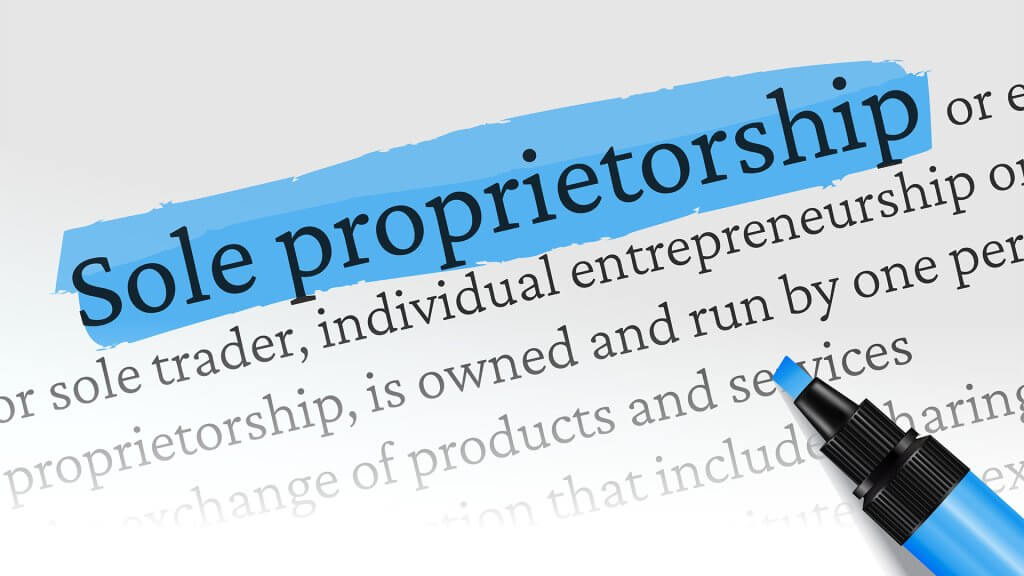If your customer service experience has been badly received by your customers lately, then it’s your duty to come up with ways to improve it, and fast.
A bad customer service experience can tarnish your reputation—leading to reduced customer loyalty and a lower bottom line. In other words, it can be detrimental business practice to leave your customer service operations in a subpar state without working to improve it.
Fortunately for business owners, there are many strategies you can employ to improve and increase your customer service potential. One such way is getting an inbound phone number.
An inbound phone number is a cloud-based number that a customer initiates to contact specific departments or individuals within an organisation by using a built-in call-forwarding feature. It differs from a generic phone number in a variety of ways—from its scalability to its analytics features.
If you’re unsure how an inbound number can benefit your customer service, read on. We’ll give you six ways you can best use your inbound number to increase and improve your customer service offering.
Let’s start!
It Cements Your Business’s Professionalism
Having an inbound number is a great way to put forward a professional and legitimate look to your customers.
This can be great for customer service since it reassures customers that your business is a legitimate and upstanding enterprise, removing the need for further research and vetting.
It’s rarely the case for unscrupulous individuals to own and operate an inbound number like Telcowork’s 1300 numbers. So if you want your business to look credible and reputable, owning an inbound number is a good investment to achieve just that.
Furthermore, when a prospecting customer calls your company, being met with an interactive voice response (IVR) system can signal to them that you’re a big business with robust operations and demand.
This can make customers respect your business and its processes more, which can make them more understanding of any reasonable delays in wait time—at least, compared to being told to stay in line from a personal phone number.
Furthermore, all the features that an inbound number can provide to businesses also help improve the quality of customer interactions. This, in turn, can help your team maintain a high standard of customer care whenever they’re handling calls and inquiries.
Increases Call Handling Capacity
One common problem business owners face, especially when their business starts picking up, is the strain of handling an increasing number of calls.
A generic phone number only allows one person to answer the line. This can be a huge bottleneck. A grand total of one person can be accommodated, while everyone else will be met with a busy line automated response.
Clearly, this can be a great source of frustration for prospecting inquirers. Besides developing a reputation for slow and inconsistent call times, it can also lead to reduced sales volume and a lower bottom line.
With an inbound number, this problem will become virtually nonexistent. You can accommodate multiple callers and reroute them to multiple open lines across your customer service team.
If you have, say, five agents responsible for receiving calls at any given time, you can accommodate five of your customers simultaneously—a 500% productivity increase and a better shot at harnessing customer loyalty.
Many inbound number providers offer scalable and flexible plans that work best for different companies, whether you’re an up-and-coming, niche pop-up store or a multinational corporation looking to cost-cut.
Ultimately, the flexibility offered by an inbound number allows you to meet the demands of a growing (or stagnating) customer base, leading to better customer experiences and higher retention rates.
Using Analytics to Drive Decisions
Businesses should use data as much as possible to come up with big decisions. Making hunches and guesswork in formulating your business’s overall direction can work out, but it’s a very risky way of operating a successful and profitable venture.
With an inbound number, businesses will have access to a built-in dashboard that has a wide array of analytics and metrics. This includes detailed call data such as average handle time, first call resolution, and abandonment rate—all of which can be used to improve internal operations.
It also includes vital data surrounding a customer’s profile, such as their geographical location, call time, and historical call frequency.
These insights allow you to identify trends, understand customer behaviour, and pinpoint areas for improvement in your customer service operations.
This won’t be possible with a generic phone number, as the data points from that number will only be limited to call length and the time the call has been placed.
Set Up Interactive Voice Response Systems (IVR)
Another way to increase your capacity and reduce customer call times is by setting up an IVR system. This option is only available in inbound phone numbers, as generic phone numbers don’t have this in their feature list.
IVR systems allow callers to navigate through menu options using voice commands or keypad inputs, efficiently directing them to the appropriate department or individual.
It does this without needing them to initially connect to any human receptionist, freeing up your staff’s time while allowing people to get connected to the right person from the get-go.
Unlike human receptionists, IVR systems don’t have bottlenecks, which can improve your staff efficiency and customer reception overall. It also reduces the call time and brings callers to their intended recipient straight away, which makes calls feel much smoother overall.
Furthermore, your company can even set up a FAQ answering system using an IVR. This can help handle common inquiries without tapping into your staff network, thus freeing up your staff’s time to handle more complex inquiries.
Provides Actionable Examples for Training Purposes
From the plethora of analytics you can get with an inbound number, as well as the recorded calls, your business can easily craft training material to ensure your customer service personnel are well-equipped to handle the entire breadth of inquiries.
For one, these call recordings help you gather data on trends and reasons for customer inquiries. With them, you can identify common problem areas and more easily work towards relevant solutions to improve your services and offerings alongside your customer service team.
Secondly, you also have access to several metrics that you can use as key performance indicators (KPI) for your company to improve performance.
For instance, if you want to decrease your call time, identifying staff metrics such as average handle time and first call resolution can be a good way to know who’s performing well and who’s underperforming.
Incorporating these examples into your training sessions ensures that employees understand the standards expected and can learn from actual scenarios. This hands-on approach can pave the way for consistent and high-quality customer interactions among your staff members.
Nationwide Reach
Another perk of an inbound number is that it can scale both marketing efforts and operations at a nationwide level.
With an inbound number, your team can answer calls from anywhere around the world as long as they’re connected to the line. This streamlines communication among members, allowing team members to get in touch with one another with little to no friction.
It can even allow you to expand your operations overseas or across different states, allowing you to tap into a better workforce market.
Furthermore, an inbound number also allows your customers to easily contact you without worrying about paying exorbitantly high toll rates.
While it’s not completely free on their part (unless businesses opt for an 1800 number), it provides a predictable rate that’s much lower when compared to calling an out-of-state phone number.
This freedom to call your business can incentivise customers to reach out to you regardless of their present location, which can help give you a chance to provide better solutions for their inquiries.





















